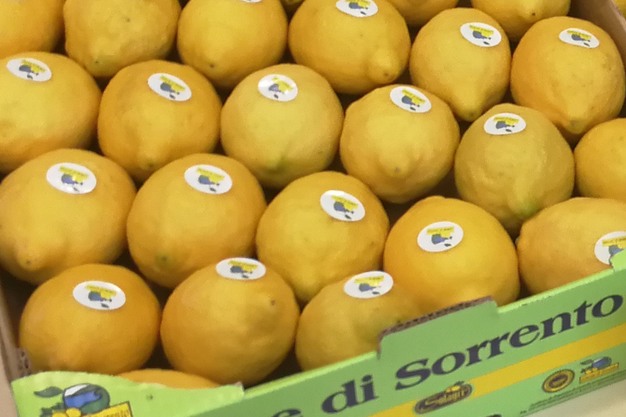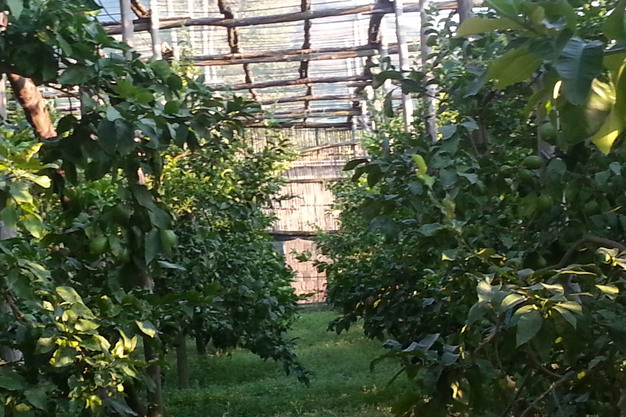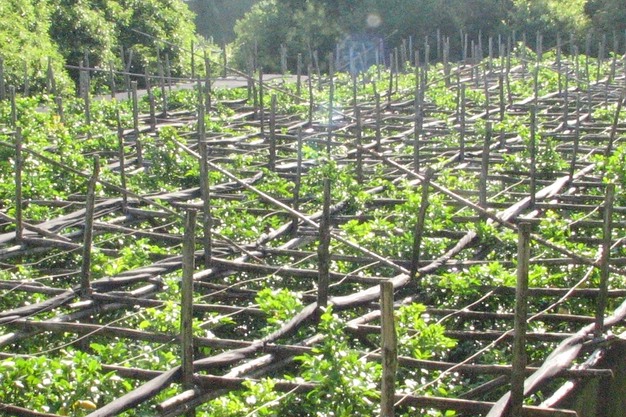PGI lemons from Sorrento are suitable for both the fresh and processed produce market thanks to their medium-large size, elliptical shape, juiciness, high content of vitamin C and mineral salts, good balance between sugars and acids, and medium-thickness of the peel, which is particularly scented due to the presence of essential oils.

"Limoni di Sorrento Igp are appreciated all over Italy precisely due to their organoleptic qualities, which make them a very popular ingredient in the kitchen and for patisserie. In Italy, they are sold fresh to retailers and partly destined to the processing industry to make Limoncello. This fruit is sold fresh abroad as well, especially to supermarket chains in northern Europe although, because it is not treated, we prefer exporting it as Limoncello to preserve its goodness," explains Mariano Vinaccia, president of Consorzio di tutela del Limone di Sorrento Igp, and of the Solagri cooperative.

"3,500 tons were harvested in 2023, with 4 million liters of Limoncello being made. This year harvesting started in mid-January and peaked in mid-February. The peak should continue until early August, then the fresh produce campaign will end in late October. Production is average and, so far, we have already harvested around 600 tons of PGI produce. As for remuneration, we are in line with last year's quotations. Of course we would like our lemons to be recognized more, that is why we believe it is essential for consumers to try our lemons to appreciate their flavor."
Production area
Limone di Sorrento Igp is grown in all the municipalities on the Sorrento peninsula and, more precisely: Massa Lubrense, Meta, Piano di Sorrento, Sant'Agnello, Sorrento, Vico Equense, as well as on the island of Capri in the Capri and Anacapri municipalities.
"The lemons develop their organoleptic qualities due to the unique microclimate of these places and their volcanic soils rich in potassium. Groves feature typical pergolas in chestnut wood or iron with protection nets and no longer with the traditional pagliarelle."
 The typical lemon groves under pergolas made with chestnut wood
The typical lemon groves under pergolas made with chestnut wood
Lemon production in Sorrento is closely linked with the production environment, and contributes to it by preserving the soil from hydro-geological instability and being an essential element of the coastal landscape, therefore influencing tourism as well.
"Ours is the opposite of intensive cultivation. There are many small businesses and I have to say that a lot of young people are approaching this activity, which makes me very proud as lemon groves had been abandoned for quite a few years. In addition, I would like to stress that our PGI mark is unique in that it applies to both the fresh and processed produce."
Production data
Around 400 hectares are dedicated to the cultivation of Sorrento lemons, i.e. around 60% of the provincial total and two-thirds of what is harvested in the entire Neapolitan province. Solagri is the leading cooperative in the area gathering over 250 producers covering over 150 hectares (i.e. 42% of the lemon groves in the entire Sorrento peninsula).
